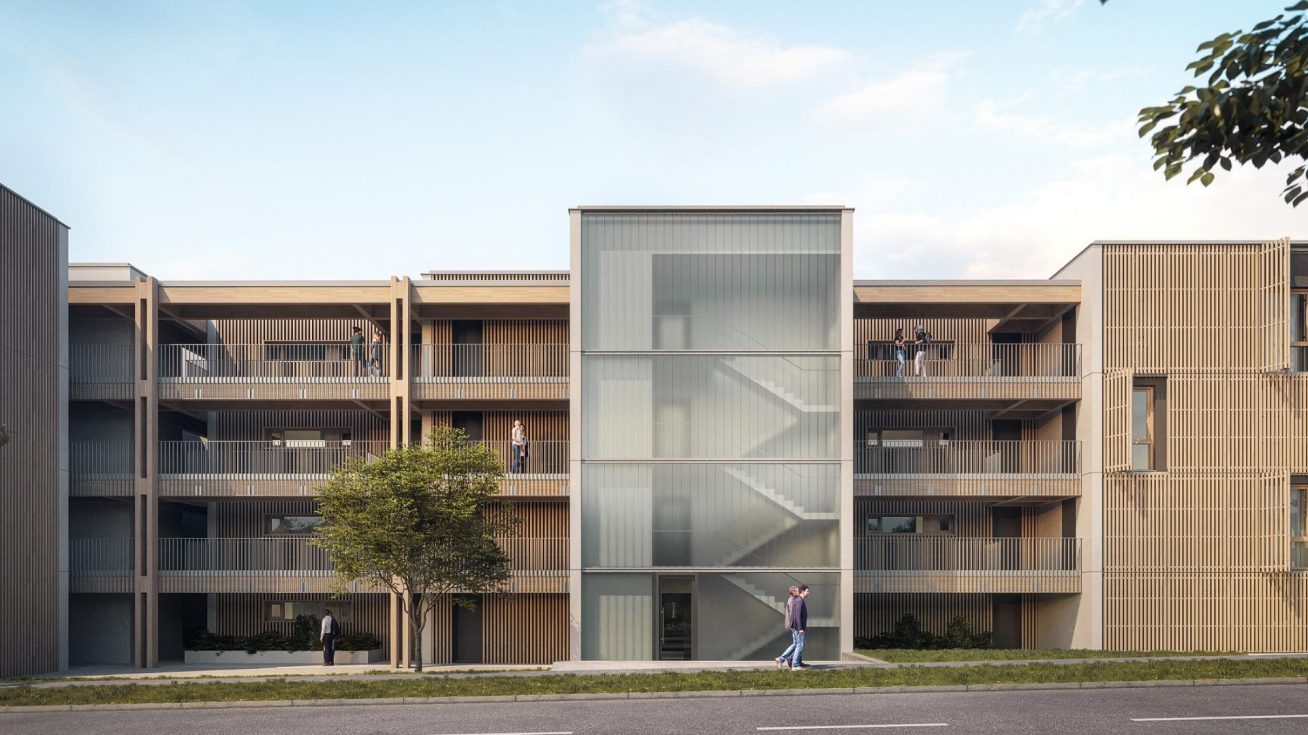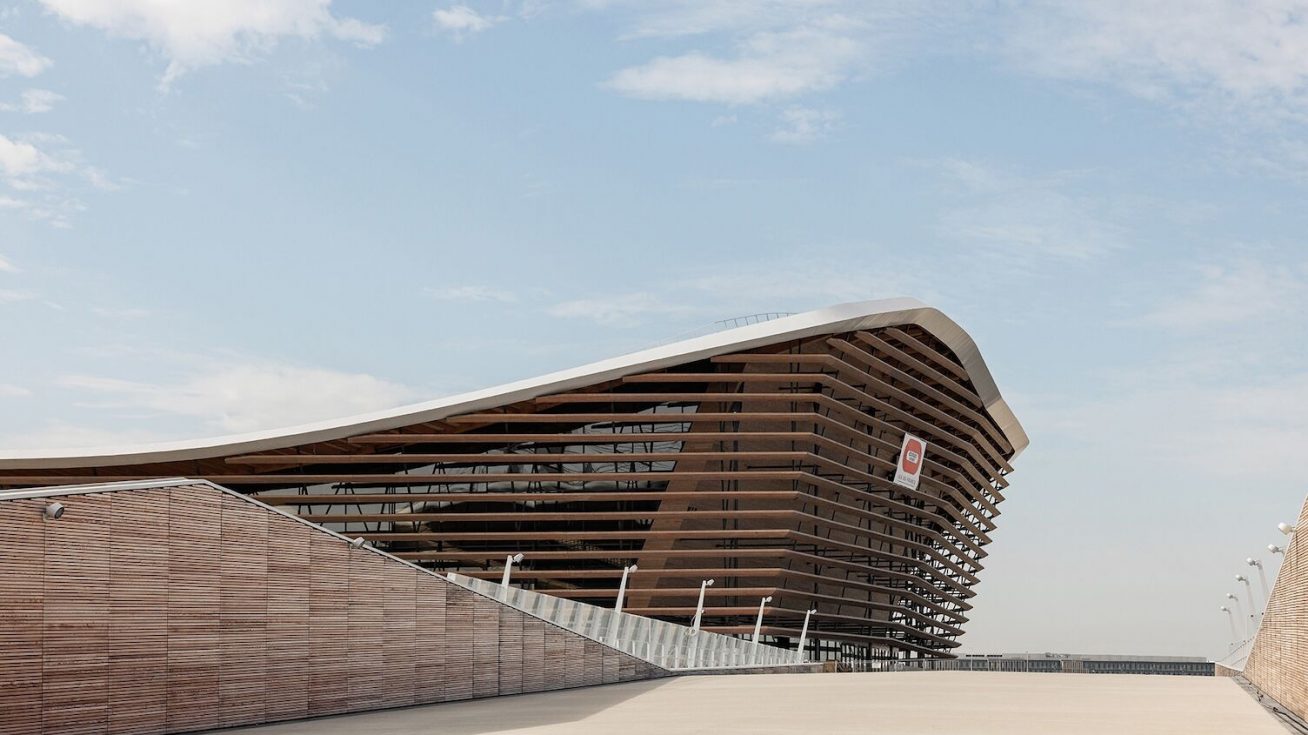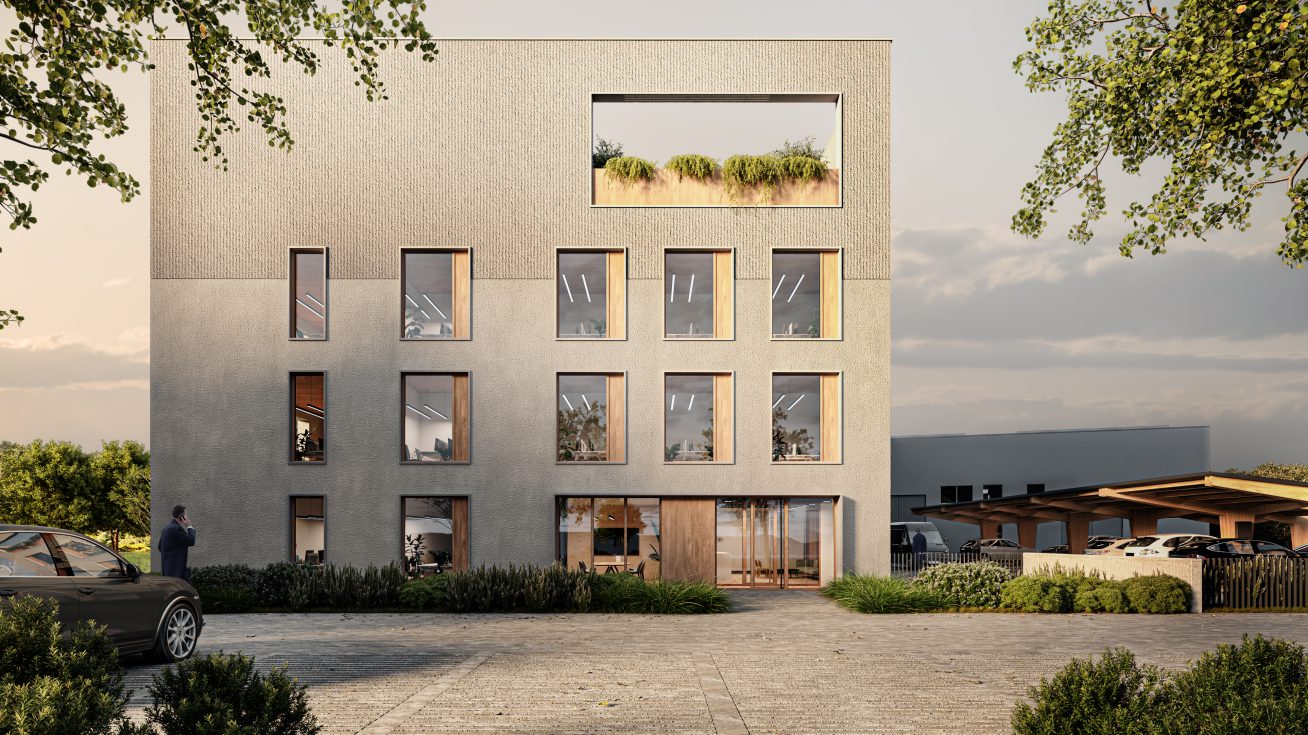“The Raw Materials Policy for Timber is a crucial document that has been missing for a long time. We are clearly saying that timber is a strategic commodity for the state. It is sustainable and we want to promote its use more. We know that in the long term the Czech Republic will have a similar amount of wood as before, but its use must change. We want wood to be processed more domestically to give it more added value and to use it much more in the construction industry, for example, where we can store significant amounts of carbon in the long term. In short, more wood and less concrete,” said Agriculture Minister Marek Výborný (KDU-ČSL).
A detailed analysis of the forestry and timber sector is part of the new Raw Materials Policy for Timber, which will be discussed by the Government in the near future. It shows that future sustainable timber harvests will be around 14 to 15 millionm3 of timber per year, only slightly lower than in the period before the bark beetle calamity. At the same time, the annual growth rate is around 20 millionm3 of timber and it is therefore possible to manage forests sustainably in the long term. The share of available timber from broadleaved trees will also increase at the expense of coniferous trees.
“Wood should be seen as an equal alternative to other building materials. Buildings based on wood or a combination of wood and other materials have great potential for energy savings and carbon dioxide reduction. In addition, wooden structures have good thermal insulation, spatial flexibility, easy reconfigurability and, last but not least, aesthetic cosiness. The Ministry of Industry and Trade is working to simplify the permitting process for wooden buildings, with a focus on multi-storey buildings. By creating normative conditions for fire safety for greater use of wood in construction and by introducing international ISO standards into the system of Czech technical standards, technical barriers to the construction of multi-storey wooden buildings in the Czech Republic have been simplified and we can gradually expect a boom in this segment of residential and commercial construction,” said Eduard Muřický, Chief Director of the MIT Economic Section.






